Geoscience Reference
In-Depth Information
4188000.0
April 14, 1997
June 16, 1997
4186000.0
42.80
4184000.0
43.40
4182000.0
4180000.0
4178000.0
43.60
4176000.0
4174000.0
4172000.0
4170000.0
4168000.0
690000.00
694000.00
698000.00
702000.00
690000.0
694000.0
698000.0
702000.0
FIGURE 9.3.6
Distribution of surface salinity at the Mar Menor lagoon in two hydrodynamic
situations.
all the surface of the Mar Menor with some local differences, mainly related to the
shallowest areas. Although the southern basin has warmer waters in summer and
cooler waters in winter compared to the others, differences between them are usually
less than 2
annual cycle using a temperature-salinity (T-S) diagram for mean monthly data.
Turbidity and suspended materials are highly variable depending on many
topographical (distance to the coast, depth, nature, and slope of the bottom), bio-
logical (planktonic productivity), and climatic (wind and rainfall) variables. Values
range from 2 mg/l of suspended solids in calm water conditions on rocky bottoms
to 3.88 g/l in shallow waters on muddy or sandy bottoms under the action of the
waves. It is possible, however, to distinguish two well-defined situations concerning
water clarity: the first is clear waters associated with lower contents of nutrients
and chlorophyll spanning along most of the year; the second is turbid water due
to the increase of phytoplankton productivity mostly during the late summer.
14
Light
is usually not a limiting factor for either phytoplanktonic or benthic biological
productivity.
°
9.3.1.3
Sediment
According to their grain size composition, the bottom of the Mar Menor can be
classified into two main sediment categories, muddy and sandy, with some areas
of rocky bottoms.
9
On the one hand, muddy bottoms cover both the whole central
area of the lagoon and those shallow bottoms that have lower hydrodynamism, at
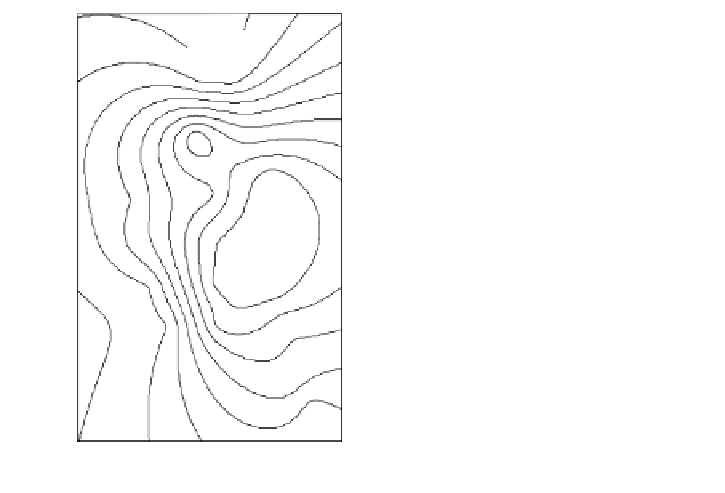
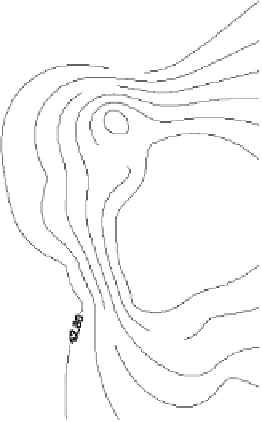
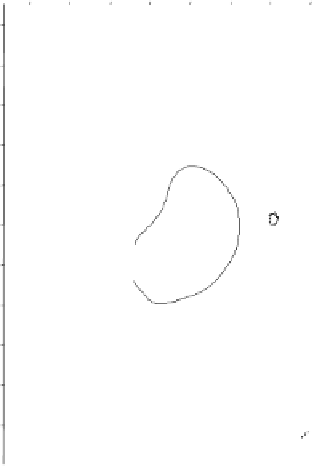


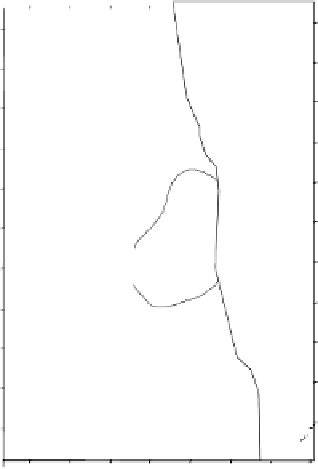


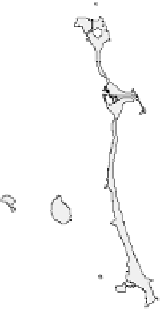
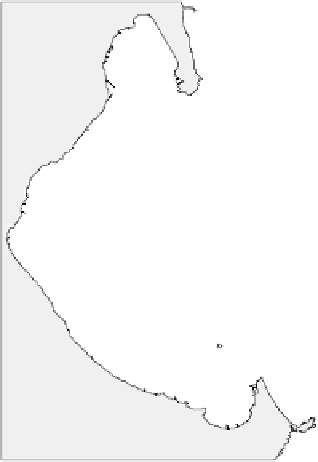

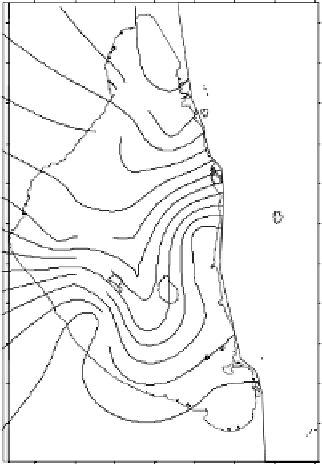

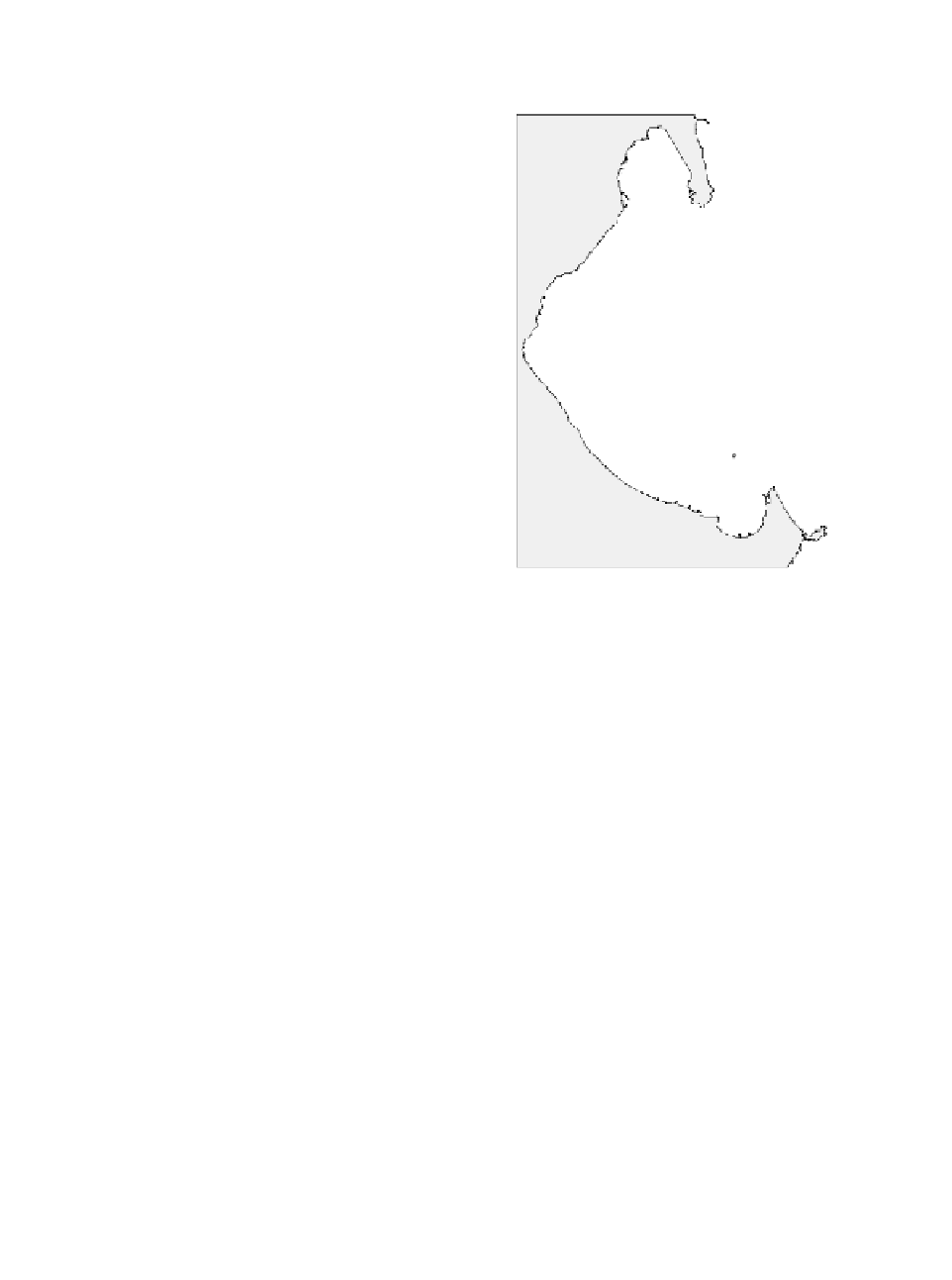



















Search WWH ::

Custom Search